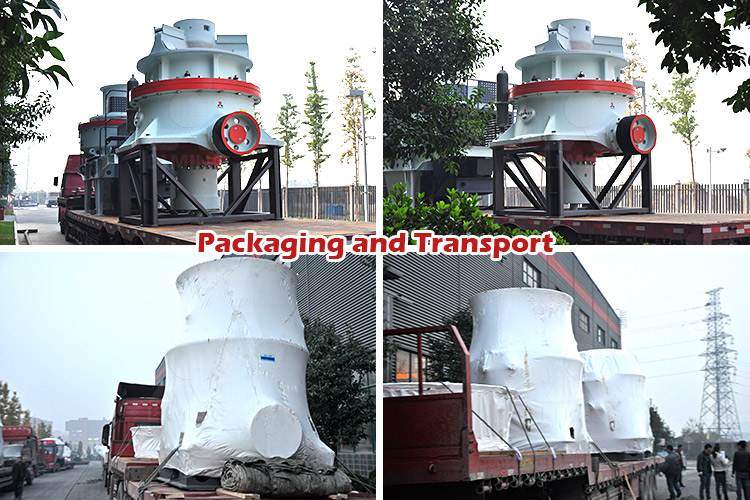The Core Components of a Gyratory Crusher
A gyratory crusher is a key piece of equipment in the mining and aggregate industries, designed to crush hard and abrasive ores and rocks. Its robust construction and unique operational principle allow for high-capacity primary crushing. Understanding its main components is essential for operation, maintenance, and troubleshooting.
Main Shaft and Head Assembly
This is the heart of the crushing action. The assembly consists of the main shaft, which is suspended from the top of the crusher, and the crushing head (or mantle), which is mounted on its bottom end. The entire assembly performs an eccentric gyrating motion against the stationary concave liners, generating the compressive force that breaks the rock..jpg)
Spider Assembly and Top Shell
Situated at the very top of the crusher, this component serves as the primary support structure. It houses:
- The Spider Arm Hub: The central point from which the main shaft is suspended.
- The Spider Rim Liners: Protect the top shell from wear caused by falling rock.
- The seal arrangement: Prevents dust from escaping into the environment.
Concaves (or Bowl Liners)
These are the stationary crushing surfaces mounted inside the top shell. They form a chamber that surrounds the gyrating mantle. The rock is crushed between the moving mantle and these fixed concaves. Concaves are typically made from manganese steel to withstand extreme impact and abrasion, and they are segmented for easier replacement.
Bottom Shell, Eccentric, and Drive System
The lower section of the crusher houses its mechanical drive components:
- Bottom Shell: The base structure that supports all internal components.
- Eccentric Assembly: This includes an eccentric bushing or sleeve that fits around the main shaft. As it rotates, it imparts the gyratory motion to the main shaft and head assembly.
- Drive System: Comprising a powerful motor, a countershaft with bevel gears (pinion and crown gear), this system provides the torque needed to rotate the eccentric assembly.
The Hydraulic System
A critical system for both operation and safety. Its primary functions include:
- Setting Adjustment (CSS): By raising or lowering the main shaft hydraulically, operators can control the closed-side setting, which determines the final product size.
- Tramp Iron Relief: If an uncrushable object enters,the hydraulic system can rapidly lower themain shaft to release it,thereby preventing catastrophic damage.




